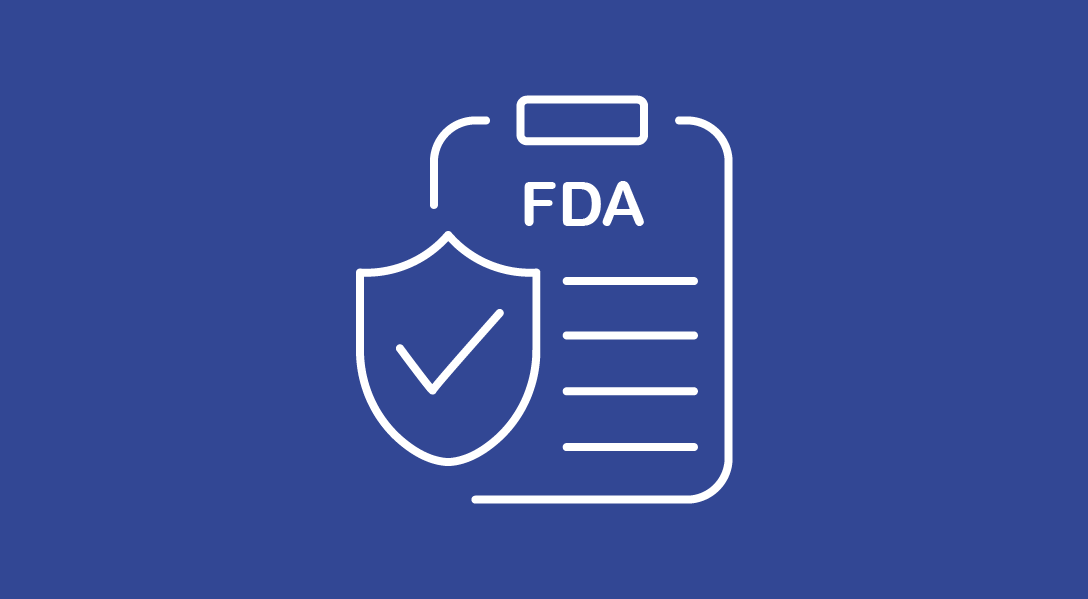Tamibarotene-Based Combo Receives Fast Track Designation from the FDA for AML
The FDA granted tamibarotene plus azacitidine and venetoclax fast track designation for the treatment of newly diagnosed, unfit, RARA-overexpressed AML.
Tamibarotene-Based Combo Receives Fast Track Designation from the FDA for AML

Tamibarotene in combination with azacitidine (Vidaza) and venetoclax (Venclexta) received fast track designation from the FDA for the treatment of newly diagnosed acute myeloid leukemia (AML) harboring RARA gene overexpression, as detected by an FDA-approved test.1
The indication for this treatment includes adult patients over 75 years of age or those with comorbidities that prevent them from receiving intensive induction chemotherapy.1
Tamibarotene is an oral, first-in-class, selective RARα agonist under investigation alongside azacitidine and venetoclax in patients with newly diagnosed, RARA-overexpressed AML in the phase 2 SELECT-AML-1 trial (NCT04905407).
“We are pleased to receive fast track designation for tamibarotene for the treatment of AML,” David A. Roth, MD, chief medical officer of Syros Pharmaceuticals, stated in a press release. “This designation reflects the tremendous need for a safe and effective therapy, which can improve the clinical outcomes and prognosis among [patients] diagnosed with AML, many of whom cannot tolerate intensive treatment. We are particularly encouraged to secure fast track designation following initial randomized data from a prespecified interim analysis of our ongoing SELECT-AML-1 clinical trial.”
Initial data from SELECT-AML-1 were reported in December 2023, and showed that the triplet elicited a 100% complete response (CR)/CR with incomplete hematologic recovery (CRi) rate in response-evaluable patients (n = 9) compared with 70% in patients who received azacitidine plus venetoclax alone (n = 10). The respective CR and CRi rates with the triplet were 78% and 22%.2 The CR and CRi rates with the doublet were 30% and 40%, respectively. The median time to CR/CRi was 21 days (range, 14-28) in patients who received the triplet vs 25 days (range, 17-56) in those who received the doublet. By the end of the first cycle, 100% of patients who received the triplet achieved a CR/CRi vs 60% of those who received the doublet.
Tamibarotene plus approved doses of azacitidine and venetoclax was well tolerated, which is consistent with findings from prior clinical experience from the safety lead-in part of the trial. Investigators observed no new safety signals, no added toxicities, and no evidence of myelosuppression increases in patients who received the triplet compared with those who received the doublet. Most nonhematologic adverse effects (AEs) were reversible and low grade, and the rates of serious AEs were comparable between the 2 study arms. In the triplet arm, the median duration of treatment was 66 days (range, 8-188) vs 75 days (range, 7-227) in the doublet arm.
“We look forward to sharing additional data from SELECT-AML-1 later this year, and to potentially accelerate the delivery of tamibarotene as a new frontline option for the approximately 30% of AML patients who are positive for RARA overexpression,” Roth concluded in the press release.1
Syros expects to report updated data from SELECT-AML-1 in 2024.
Tamibarotene plus azacitidine is also under evaluation in patients with newly diagnosed, higher-risk myelodysplastic syndrome (MDS) with RARA overexpression in the phase 3 SELECT-MDS-1 trial (NCT04797780). Enrollment onto this trial to support the pivotal primary efficacy analysis was completed during the first quarter of 2024, and pivotal CR data are expected by the middle of the fourth quarter of 2024.
In 2023, tamibarotene received FDA fast track designation for the treatment of patients with higher-risk, RARA-overexpressed MDS.1,3
References
- Syros receives fast track designation from the FDA for tamibarotene for the treatment of newly diagnosed unfit AML with RARA gene overexpression. News release. Syros Pharmaceuticals. April 9, 2024. Accessed April 10, 2024. https://ir.syros.com/press-releases/detail/301/syros-receives-fast-track-designation-from-the-fda-for
- Syros announces encouraging initial data from randomized SELECT-AML-1 phase 2 clinical trial evaluating tamibarotene in combination with venetoclax and azacitidine. News release. Syros Pharmaceuticals. December 6, 2023. Accessed April 10, 2024. https://ir.syros.com/press-releases/detail/293/syros-announces-encouraging-initial-data-from-randomized
- Syros receives fast track designation from the FDA for tamibarotene for the treatment of higher-risk myelodysplastic syndrome. News release. Syros Pharmaceuticals. January 26, 2023. Accessed April 10, 2024. https://www.businesswire.com/news/home/20230126005350/en/Syros-Receives-Fast-Track-Designation-from-the-FDA-for-Tamibarotene-for-the-Treatment-of-Higher-Risk-Myelodysplastic-Syndrome


